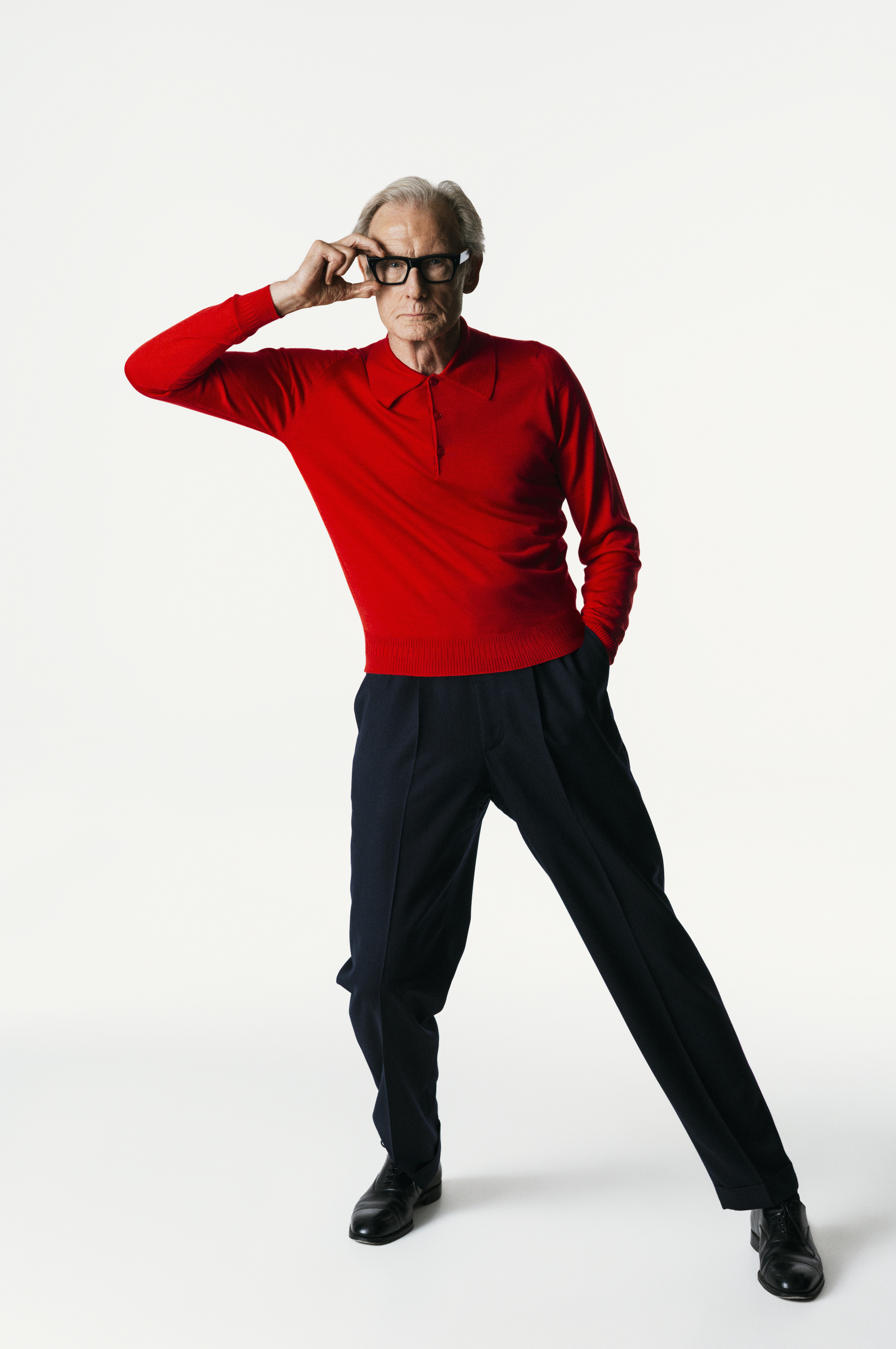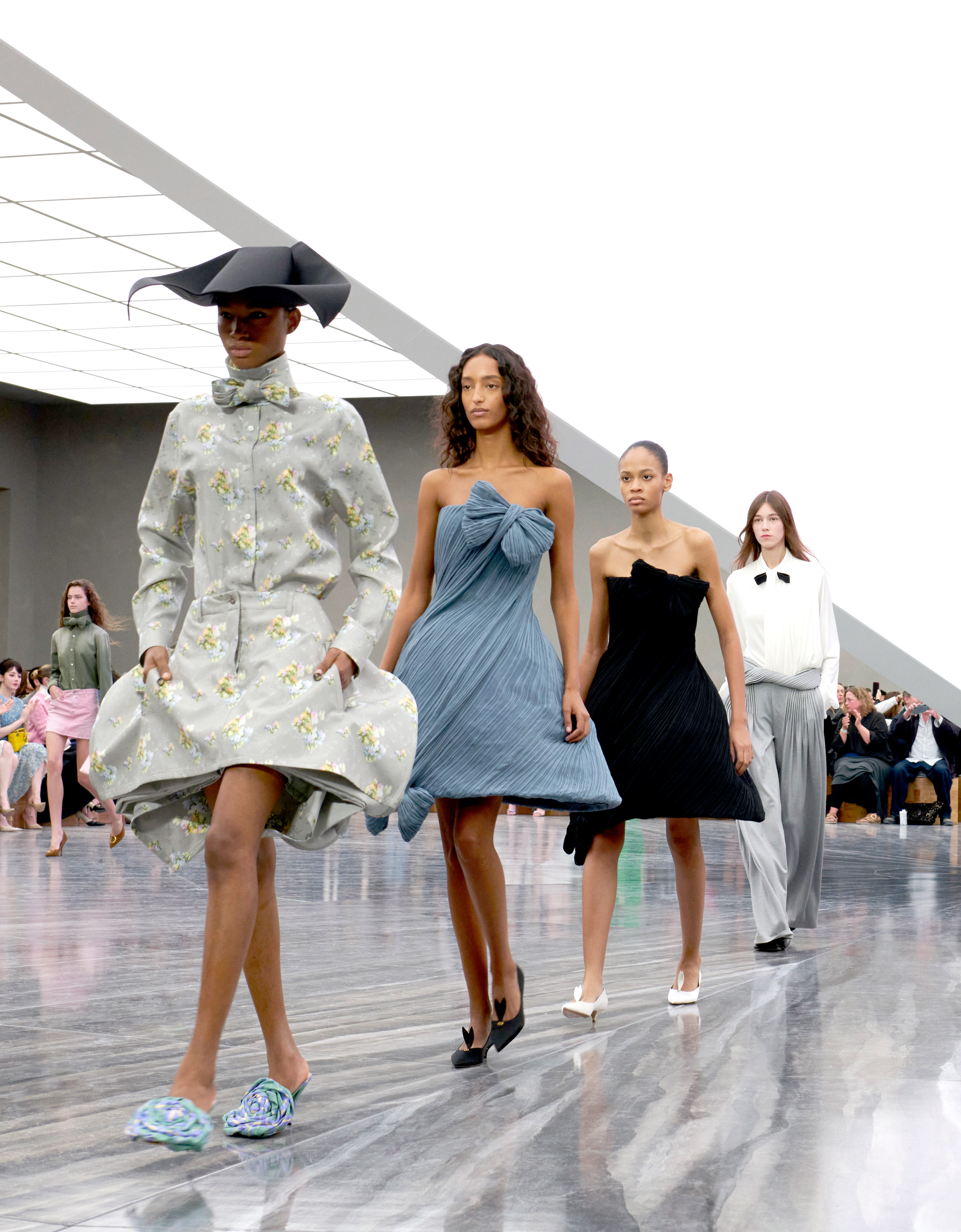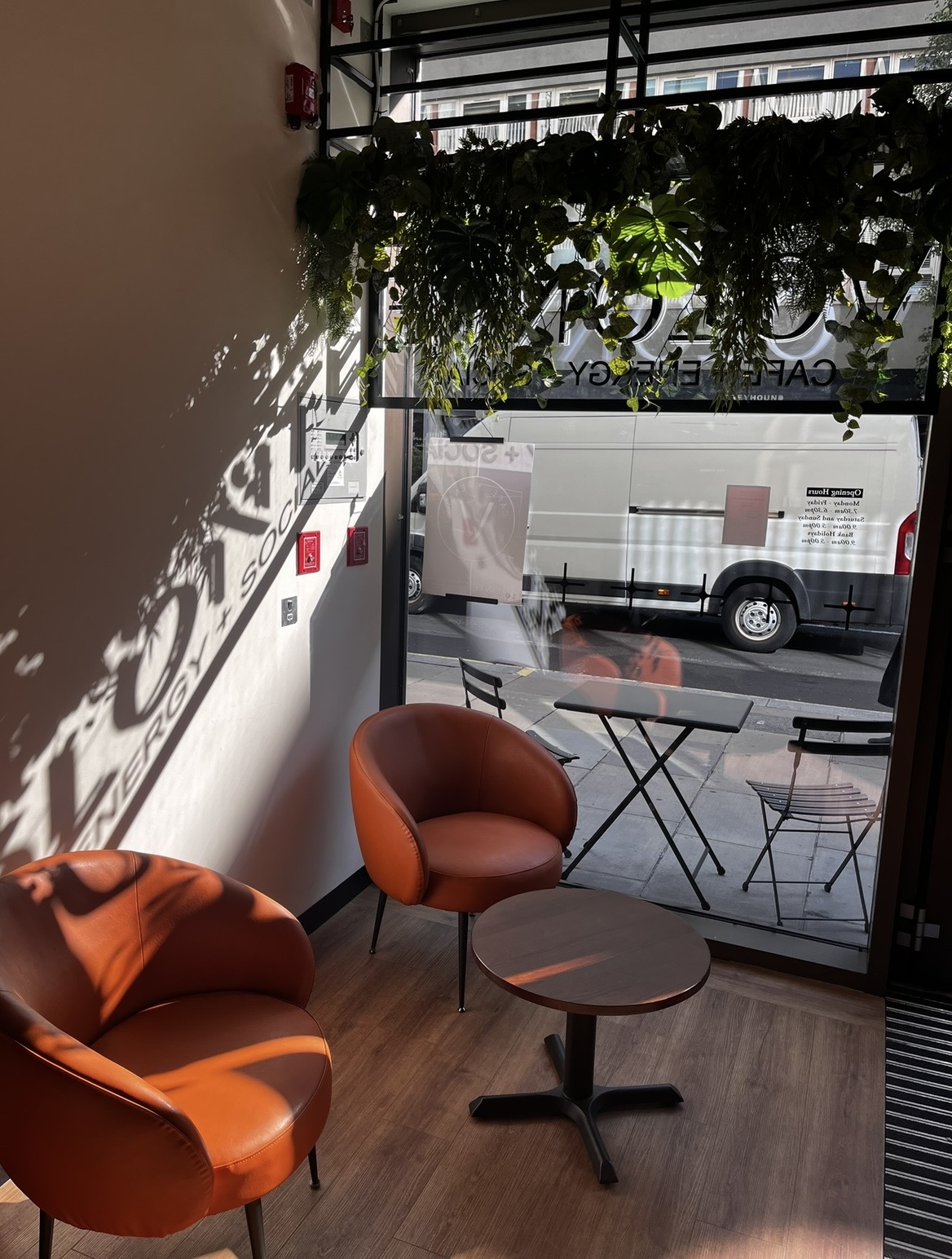
Because We're Obsessed | Jun 27, 2025
The Art of Staying Modern

Beauty News | Oct 8, 2025
Your Tourist Souvenir Just Got Chicer

PARIS FASHION WEEK | Oct 6, 2025
PFW SS26 Highlights: Part 1


5 Questions with Aaron Christian
Ahead of his latest book release, The Asian Man, a new photographic book captures a generation of South Asian men reshaping identity.
Blending tradition with contemporary aesthetics, The Asian Man explores how personal style becomes both cultural declaration and creative resistance in a world learning to look again.
In a cultural moment defined by multiplicity and self-definition, Aaron Christian's The Asian Man arrives as a striking visual study of contemporary South Asian masculinity refracted through the lens of style, ambition, and identity. Shot over four years, the book documents a generation reclaiming its narrative: men from the diaspora who fold heritage into the modern, remixing tradition with the codes of global luxury and urban life. Christian reflects on fashion as a language of pride, the power of print in a digital age, and the shifting terrain where representation, commerce, and culture converge.
How do you see personal style acting as a declaration of identity — especially for a community whose visual narrative has been historically underrepresented or narrowly defined in Western media?
"What I’ve been noticing recently is that there’s this new generation of South Asian men, particularly from the diaspora — men living in cities like London, New York, LA, Paris — who are starting to take real pride in who they are. They’re digging back into their roots to find references, reinterpret them and remix them through their own lens.
For a long time, the question of where we’re from has been complicated and layered, but now I’m seeing men tap into that nuance rather than shy away from it. They’re exploring traditional silhouettes and fabrics — things like the lungi or sarong — and finding modern ways to wear them. They’re combining those elements with Western tailoring, palettes, and textures, and what’s coming out of that is something really exciting: a new visual language that feels both rooted and forward-looking.
For me, that’s not just a remix — it’s a declaration of pride and ownership. It’s a way of saying this is who I am, and it’s expressed through what I wear."


From a business and media perspective, what is the commercial and cultural imperative for the fashion and publishing industries to move beyond tokenism and truly integrate diverse narratives like those found in “The Asian Man”?
"Fashion is in a tricky but fascinating place right now. The world’s more connected than ever, and that’s forcing the industry — especially the luxury sector — to re-evaluate what it actually stands for. It’s not enough anymore to simply make beautiful things. Brands are expected to be conscious, to understand context, and to take a position culturally as well as creatively.
From a commercial perspective, the South Asian market is huge. What we sometimes call the “brown pound” represents serious global spending power. Across India, Pakistan, Sri Lanka and the wider diaspora, there’s now a generation of men with taste, disposable income and a truly global outlook. They’re well-travelled, style-literate and pulling cues from everywhere — so it’s a massive market opportunity for traditional European luxury brands.
But the stakes have never been higher to get that right. There’s a fine line between cultural appreciation and appropriation, and consumers are quick to see the difference. The only way to bridge that gap is through genuine engagement — working with communities that already live and breathe these cultures rather than simply borrowing from them.
That’s where something like The Asian Man sits naturally. We’ve been building this global network of stylish South Asian men for years — men who care about culture, craft and representation. For brands, engaging with that kind of authentic ecosystem isn’t just the ethical thing to do; it’s good business."
In a world saturated with ephemeral digital content, what was the significance of creating a tangible, permanent photographic archive?
"This question is something I’ve really sat with. The book took around four years to make, and when I first started shooting it, AI wasn’t the huge force it is now. Watching how quickly that space has developed has actually made me more optimistic. I see AI as a tool — it can help you execute an idea, but it can’t give you taste. If someone doesn’t have an eye, the output will reflect that. But if someone does, they can use the technology to create something incredible.
That’s why I think it’s more important than ever to get offline — to go out, see things, talk to people, visit exhibitions, travel, and experience the world firsthand. Because that’s where your eye is trained. That’s where you develop intuition. Then, when you return to the digital space, you’re feeding it with something richer, more human.
The physicality of the book became a kind of counter-movement to all that. There’s something powerful about creating an object you can hold, something permanent in a world of constant churn. I think people are craving that again — human-made things that carry small imperfections and moments of honesty. That’s what gives work its soul.
For me, The Asian Man isn’t just a collection of perfectly composed portraits. It’s a study of real men, their stories, their spaces. You only get that authenticity by doing the work — by being there, spending time, and allowing discovery to happen in the real world."
The book speaks to diasporic pride, but how does it connect to broader ideas of masculinity, ambition and community — and how does it speak to non-South Asian audiences?
"All of the men featured in the book were based in the UK — mainly because, to be honest, I didn’t have the budget to go fully global. But even within that, what’s interesting is how global the South Asian experience already is. London alone holds multigenerational stories from India, Pakistan, Sri Lanka, Bangladesh, Nepal, and beyond. And the diaspora links stretch even further — to East Africa, the Caribbean, Canada, and the States. So even in one country, you’re capturing layers of migration, identity, and adaptation.
What I really wanted to do with The Asian Man was show the range of who we can be — to allow the South Asian man to fully step into his light. Growing up, the portrayals we saw in Western media were always narrow and dated — the sidekick, the IT guy, the non-romantic character. But the reality is so much richer. We’re stylish, confident, ambitious, charismatic — and that comes in so many forms and ages.
For a non-South Asian audience, I hope the book offers a sense of discovery. I want people to understand how vast and diverse South Asian culture truly is. When many people hear “South Asian,” they think only of India. But there’s so much more — and even within India, the differences from North to South are huge: in language, food, dress, and even how people look.
So the aim was never to create a monolithic portrait, but to celebrate the variety — to say, look at how much richness and contribution there already is. It’s about widening the frame and inviting people in, to see our community not as one note but as a symphony."
You’ve spent years building “The Asian Man” as a digital community before creating this pioneering book. Now that this archive is published, how do you envision the evolution of this platform and mission?
"I have so many ideas for where this could go next. The first step for me is to keep building on the momentum of the book — to continue exploring how print can act as a form of legacy. Now that I’ve managed to crack the process of creating a physical publication, I already know what I want to do for the second one. There’s something really special about taking something that started digitally and turning it into a tangible object that people can hold, own, and even pass down.
Beyond that, I want to keep bringing the community offline — through events, meetups, and conversations. I did a talk for the British Fashion Council a couple of years ago, and it reminded me how powerful it can be to bring people together in a room to share ideas. I’d love to keep doing more of that — talks, panels, and educational sessions, especially for young people and the wider fashion community.
And then, of course, there’s film. That’s my main language as a creative, and I’m already thinking about how The Asian Man could evolve into a documentary or series that dives deeper into these stories. There are so many voices still waiting to be heard — the book feels like the first step in a much bigger journey."
Grab your copy here!
